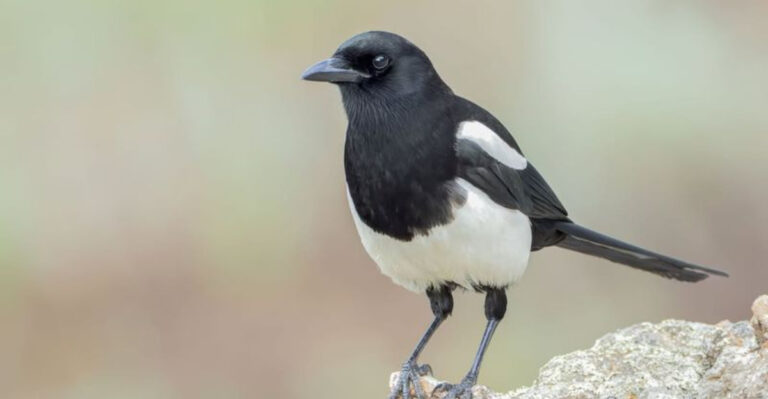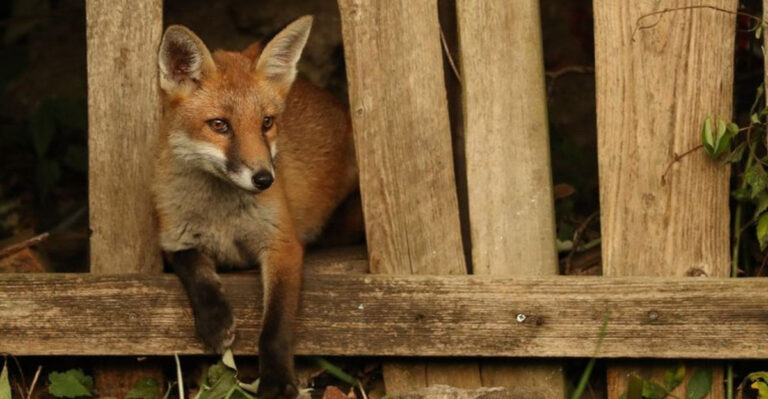Why Robins Skip The Bird Feeder And What To Do To Attract Them Year-Round

Ever noticed how robins seem to ignore your carefully filled bird feeders? Unlike many backyard birds, these orange-breasted visitors follow different rules when it comes to mealtime.
Understanding their unique preferences can transform your yard into a robin haven throughout all seasons.
Let’s explore why these beloved birds snub traditional feeders and discover simple ways to welcome them year-round.
1. Robins Prefer Natural Food Sources
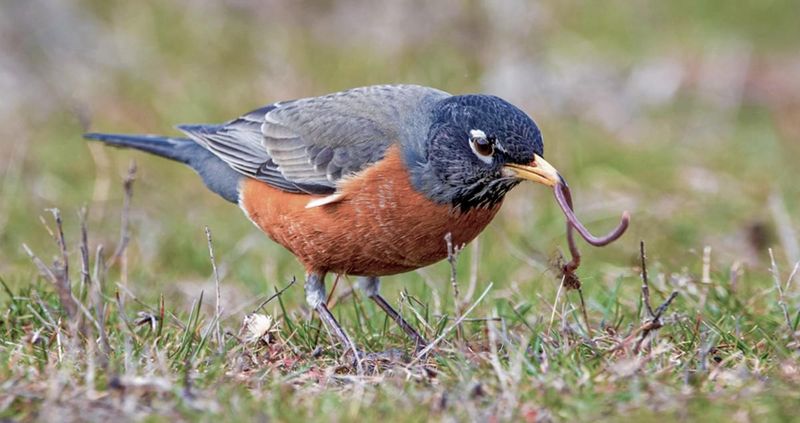
Unlike finches and chickadees, robins rarely visit typical seed feeders. They’re hardwired to forage for living food in natural settings.
Their instincts drive them to hunt rather than simply eat what’s provided. Creating a more natural landscape with fewer chemicals will make your yard more appealing than any fancy feeder.
2. They Rarely Eat Seeds

While your sunflower and nyjer seeds attract finches galore, robins simply aren’t interested. Their beaks aren’t designed for cracking seeds.
Evolution shaped them as insect and fruit specialists instead. Even in winter when food grows scarce, these birds typically seek berries rather than visit seed-filled platforms that other birds flock to.
3. Robins Love Earthworms

The classic image of a robin with a wriggling worm isn’t just a cartoon cliché – it’s their dietary cornerstone! These birds have specialized hearing that actually helps them detect worms moving underground.
After rain showers, watch how robins tilt their heads – they’re listening for their next meal. Maintaining a healthy, chemical-free lawn encourages earthworm populations.
4. They Are Ground Foragers
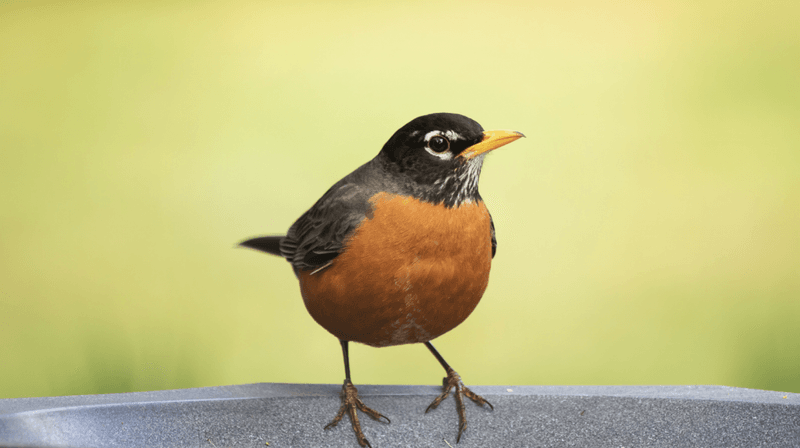
Watch a robin’s feeding behavior and you’ll notice they spend most of their time hopping across open ground. Their eyes are specially adapted to spot tiny movements in grass and soil.
Unlike chickadees that hang acrobatically from feeders, robins prefer the steady earth beneath their feet. Creating open, grassy areas in your yard provides ideal hunting grounds for these ground-loving birds.
5. Fruit Is A Robin Favorite
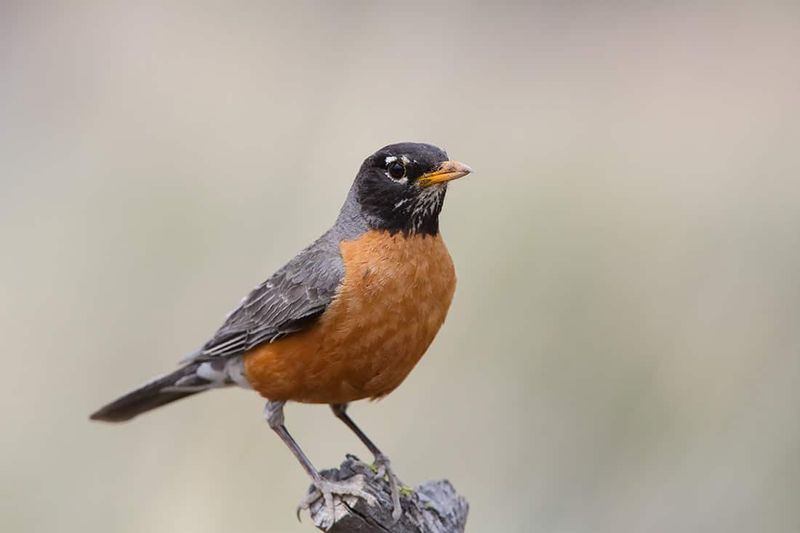
When insects become scarce, robins switch to berries and fruits with remarkable enthusiasm. Their winter survival often depends on finding enough fruit to sustain them through cold months.
Crabapples left hanging on trees become crucial food sources. Planting native fruit-bearing trees and shrubs like dogwood, serviceberry, or winterberry holly creates a natural robin buffet throughout the year.
6. Birdbaths Attract Robins
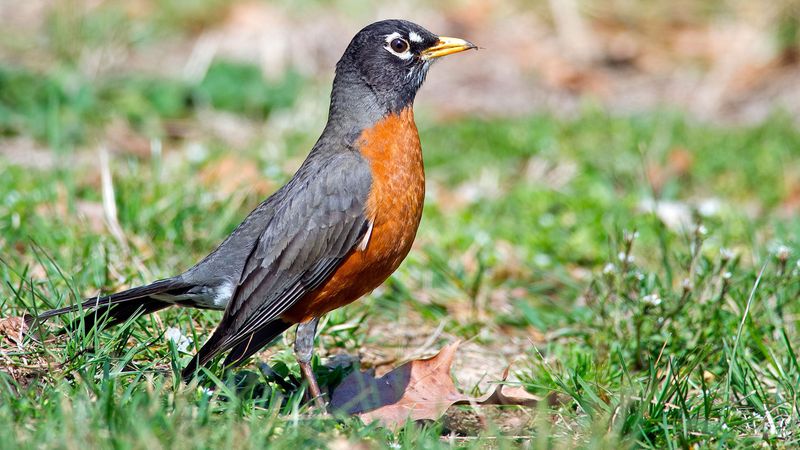
Nothing draws robins to your yard faster than fresh water! These splashy bathers love a good soak more than many other backyard birds.
While they might ignore your seed feeders, a clean birdbath acts like a robin magnet. The sound of moving water particularly entices them – consider adding a small dripper or bubbler to make your bath irresistible.
7. Robins Need Shallow Water

Those fancy deep birdbaths? Absolutely terrifying to robins! These birds prefer puddle-like water that’s no deeper than their legs.
A shallow basin with gently sloping sides makes them feel secure while bathing. Adding some flat stones creating different water depths allows robins to choose their comfort level – they’ll reward you with delightful bathing displays.
8. Nesting Spots Encourage Visits
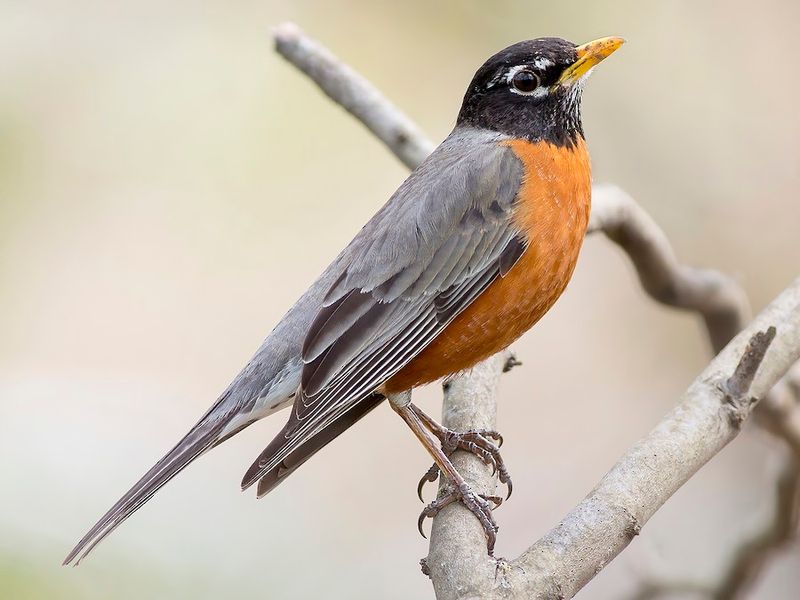
Surprise! Robins aren’t cavity nesters like bluebirds or wrens. They construct open cup nests on sturdy horizontal branches or protected ledges.
Those birdhouses you’ve installed? Completely ignored by robins. Instead, focus on providing nesting shelves under eaves or growing trees with horizontal branches. Offering mud sources in spring also helps these master nest-builders create their perfect homes.
9. They Like Dense Shrubs

The secret to keeping robins around? Dense, protective shrubs where they can hide from predators and build their nests. These birds need to feel secure while raising their young.
Evergreens provide excellent winter shelter when trees stand bare. Creating multi-layered plantings with varying heights gives robins options for different weather conditions and seasons – they’ll appreciate your thoughtful landscaping!
10. Winter Robins Form Flocks

The solitary robin hopping across spring lawns transforms completely in winter. These birds become surprisingly social, forming nomadic flocks that travel together seeking fruit sources.
A single mountain ash or crabapple tree can attract dozens of robins at once! Creating fruit-rich habitat patches helps support these winter wanderers. Many people mistakenly think all robins migrate south, missing these fascinating seasonal behavior changes.
11. Robins Stay In Some Areas Year-Round
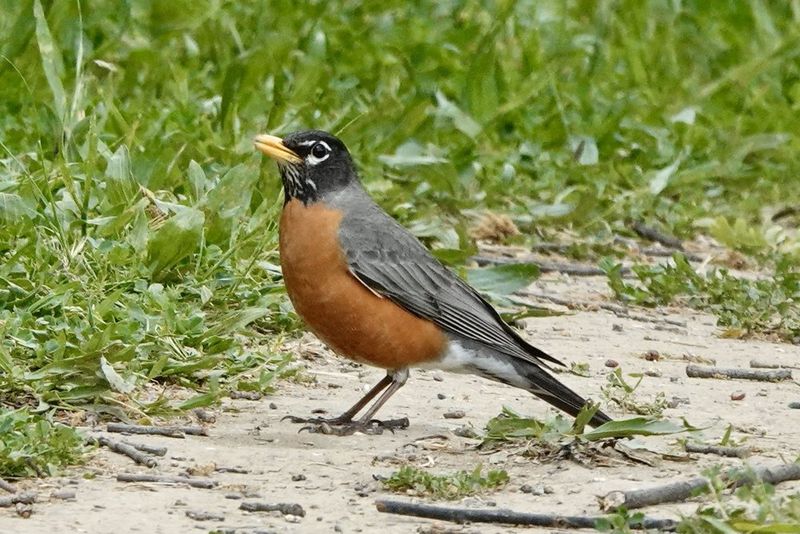
Contrary to popular belief, not all robins head south for winter. Many simply shift from visible lawns to secluded wooded areas nearby. Their behavior changes dramatically – no more worm-hunting in your yard!
Instead, they become fruit-eaters moving between berry sources. This transformation explains why people think “the robins returned” when they’ve actually been nearby all along, just living differently.
12. Mealworms Are A Big Draw

Want to create a robin magnet? Offer mealworms! These protein-packed treats mimic robins’ natural insect diet and can overcome their reluctance to visit feeders.
Place them in an open dish on the ground or a platform feeder. Live mealworms work best, but dried ones soaked in warm water will attract robins too. Once they discover this food source, they’ll return regularly – especially during nesting season.
13. Native Plants Support Their Diet
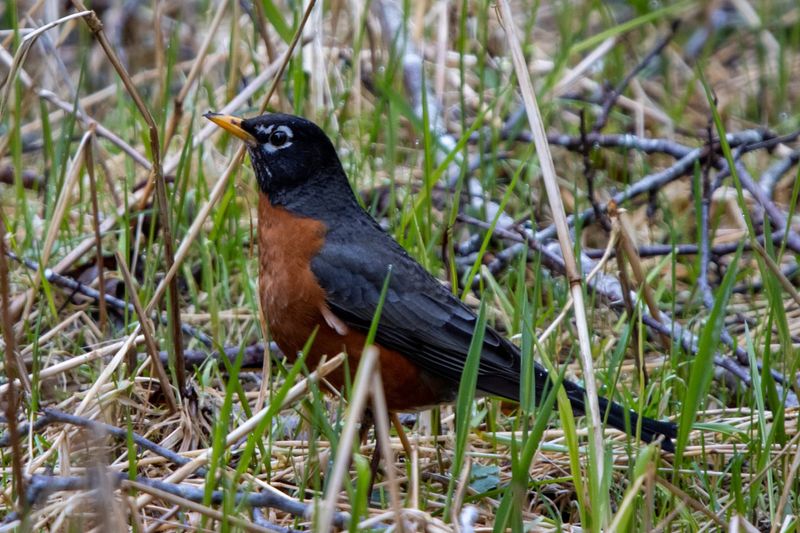
Flashy exotic plants might impress neighbors, but robins prefer native species that host the insects they eat. Our native plants evolved alongside native insects, creating perfect robin buffets.
Virginia creeper, native dogwoods, and serviceberries offer both nesting sites and food. Converting even part of your yard to native plants creates a sustainable ecosystem that supports robins through their entire life cycle.
14. Quiet Yards Make Robins Feel Safe

Despite their common presence, robins startle easily and avoid noisy, busy areas. Creating quiet zones in your yard significantly increases their comfort level.
Reduce unnecessary outdoor lighting that disrupts their natural rhythms. Even placing feeders and baths away from high-traffic areas makes a difference. A robin-friendly yard balances human activity with peaceful retreats where these beautiful birds can feed without constant stress.



